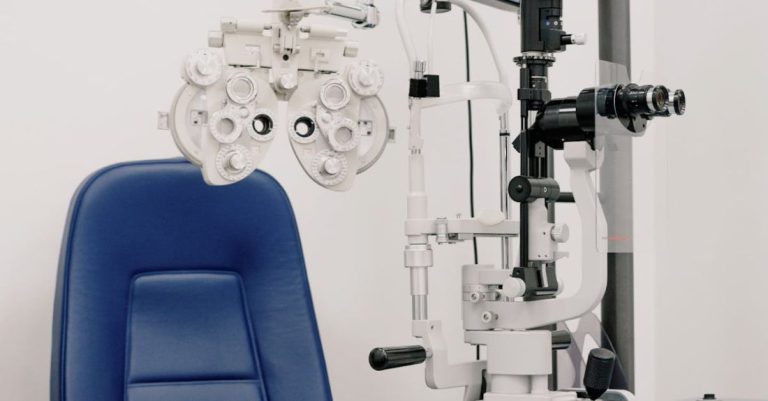
Post-translational modifications (PTMs) play a crucial role in the field of proteomics, significantly impacting the structure, function, and regulation of proteins. These modifications occur after the translation of a protein from its corresponding mRNA, expanding the proteome’s diversity beyond the genetic code. Understanding the impact of PTMs on proteomics is essential for unraveling the complexity of cellular processes and disease mechanisms.
**Diversity in Protein Function**
PTMs can alter the chemical properties of proteins, leading to changes in their structure and function. By adding chemical groups or altering amino acid residues, PTMs can influence protein stability, localization, enzymatic activity, and interactions with other molecules. For example, phosphorylation, a common PTM involving the addition of a phosphate group, can regulate protein activity by changing its conformation or affecting its binding to other proteins. This modification serves as a signaling mechanism in various cellular processes, such as cell growth, differentiation, and apoptosis.
**Regulation of Protein Activity**
One of the significant impacts of PTMs on proteomics is the regulation of protein activity. Through modifications like acetylation, methylation, ubiquitination, and glycosylation, proteins can be turned “on” or “off” in response to specific cellular signals. For instance, ubiquitination marks proteins for degradation by the proteasome, controlling their abundance and influencing cell cycle progression. Similarly, methylation of histone proteins can alter gene expression patterns by modifying chromatin structure.
**Protein-Protein Interactions**
PTMs also play a critical role in mediating protein-protein interactions, essential for various cellular processes. By modifying specific amino acid residues, PTMs can create binding sites for other proteins or disrupt existing interactions. This dynamic regulation of protein interactions allows cells to respond rapidly to environmental cues and coordinate complex signaling pathways. For example, SUMOylation, a PTM involving the attachment of Small Ubiquitin-like Modifier (SUMO) proteins, can modulate protein localization and stability by promoting interactions with specific binding partners.
**Proteome Plasticity**
The diversity of PTMs contributes to the plasticity of the proteome, enabling cells to adapt to changing conditions and maintain homeostasis. Different combinations of PTMs on a single protein can generate a wide range of isoforms with distinct functions and properties. This proteome plasticity allows for fine-tuning of cellular processes and facilitates responses to stimuli such as stress, nutrient availability, or signaling molecules. The dynamic nature of PTMs ensures the versatility of the proteome and its ability to respond to diverse physiological and pathological conditions.
**Clinical Implications**
Understanding the impact of PTMs on proteomics has significant clinical implications, particularly in the field of personalized medicine and disease treatment. Dysregulation of PTMs has been linked to various diseases, including cancer, neurodegenerative disorders, and metabolic syndromes. Targeting specific PTMs or their regulatory enzymes has emerged as a promising therapeutic strategy for correcting aberrant protein functions and restoring cellular homeostasis. By unraveling the intricate network of PTMs in disease states, researchers can identify potential biomarkers and therapeutic targets for precision medicine approaches.
**The Future of Proteomics**
As technologies for proteomics continue to advance, the study of PTMs will play an increasingly important role in deciphering the complexity of biological systems. Integrating proteomic data with information on PTMs will provide a more comprehensive understanding of protein regulation and function in health and disease. Novel analytical techniques, such as mass spectrometry-based methods and bioinformatics tools, will enable researchers to explore the vast landscape of PTMs and their impact on proteomics with unprecedented depth and precision. By uncovering the intricate interplay between PTMs and protein biology, proteomics research holds the key to unlocking new insights into cellular mechanisms and developing innovative therapeutic interventions for human health.





